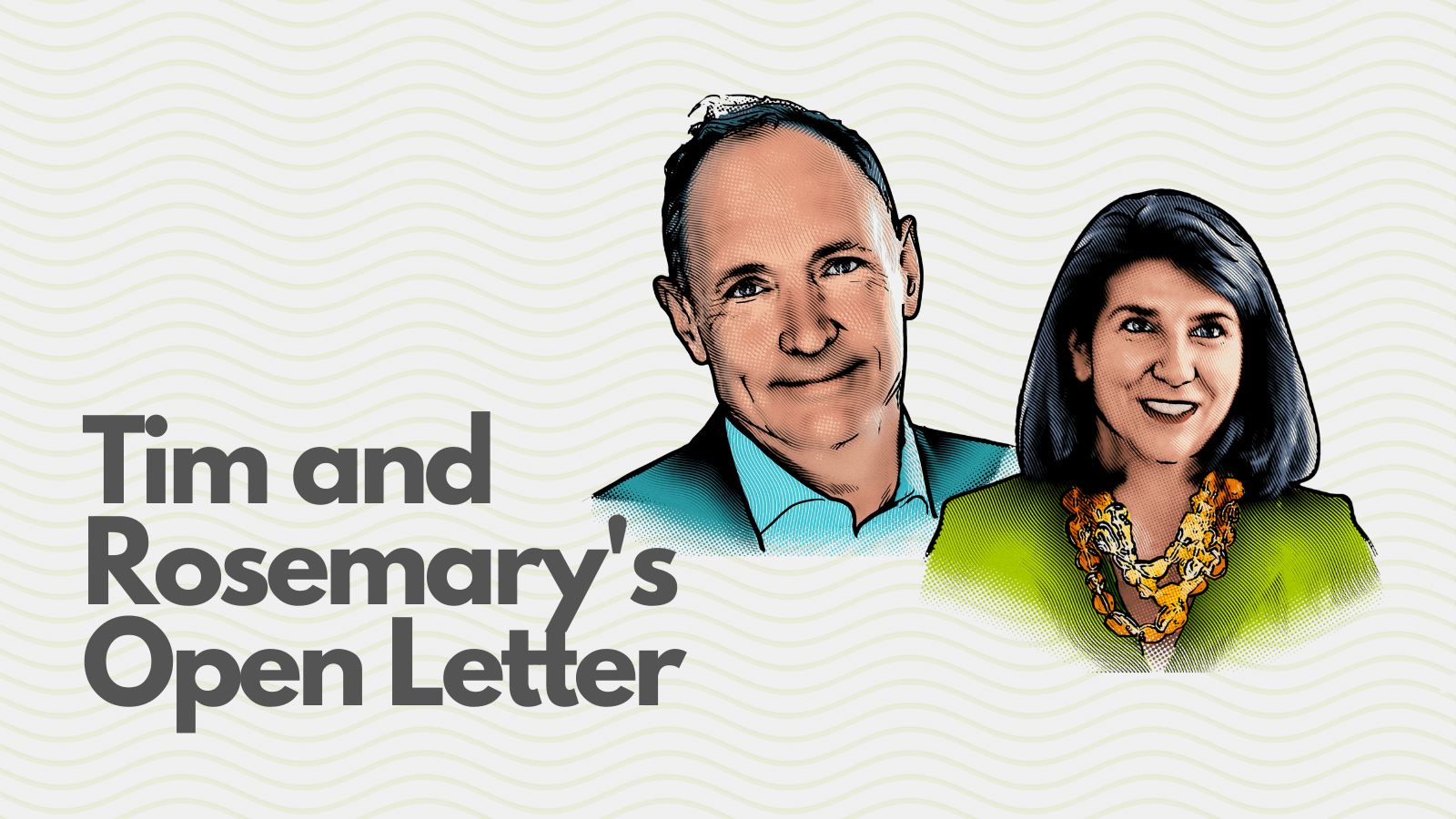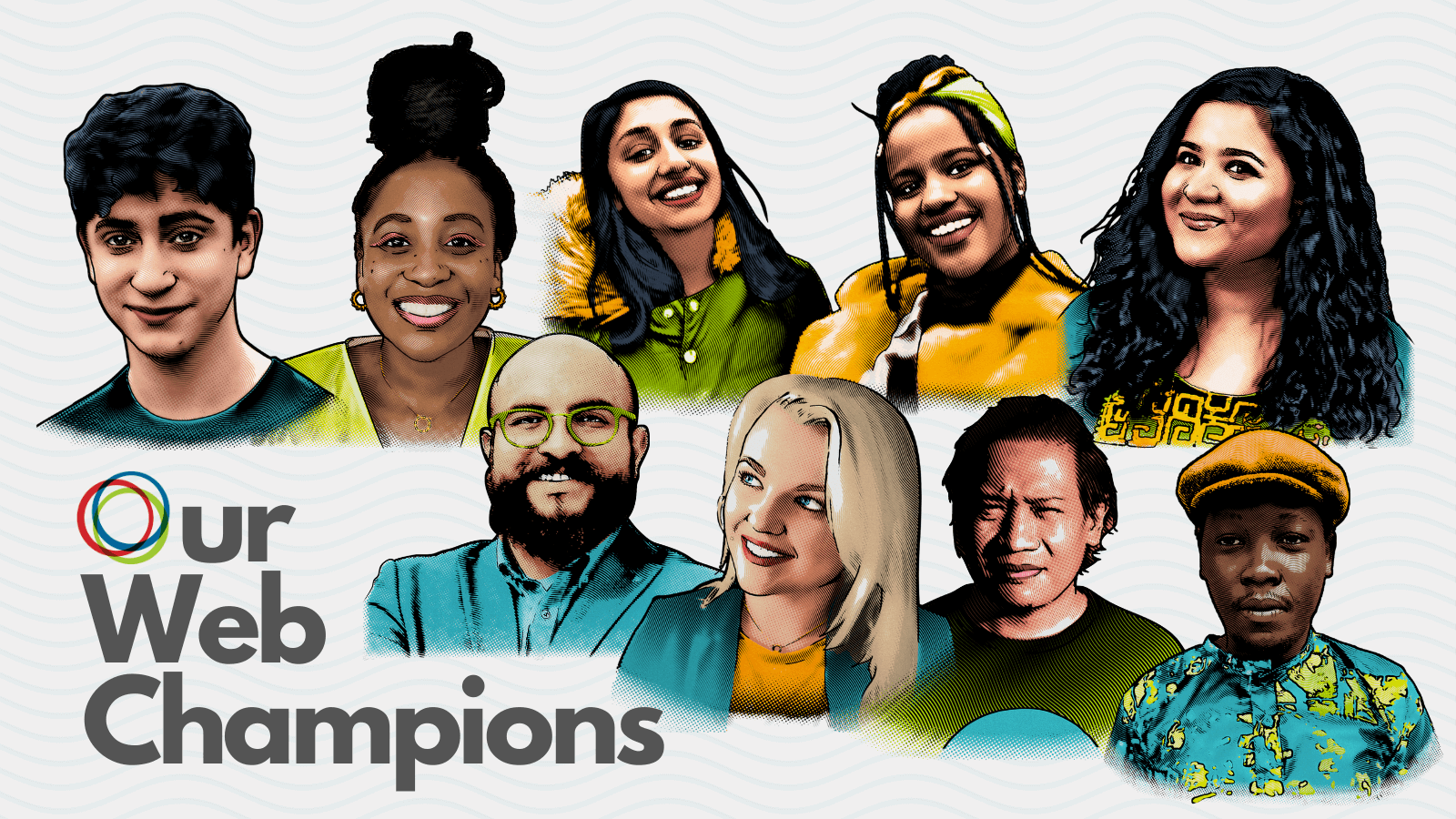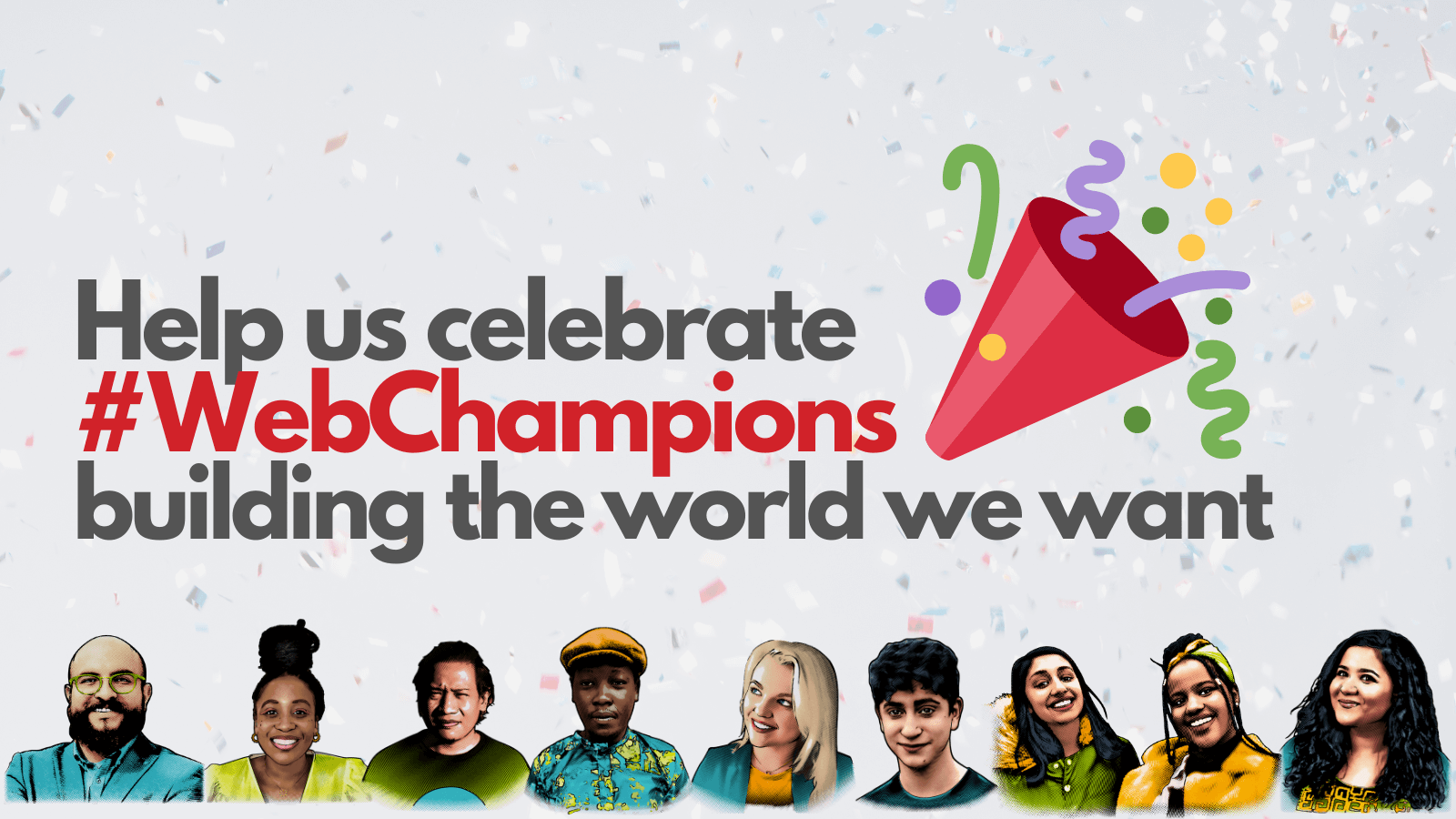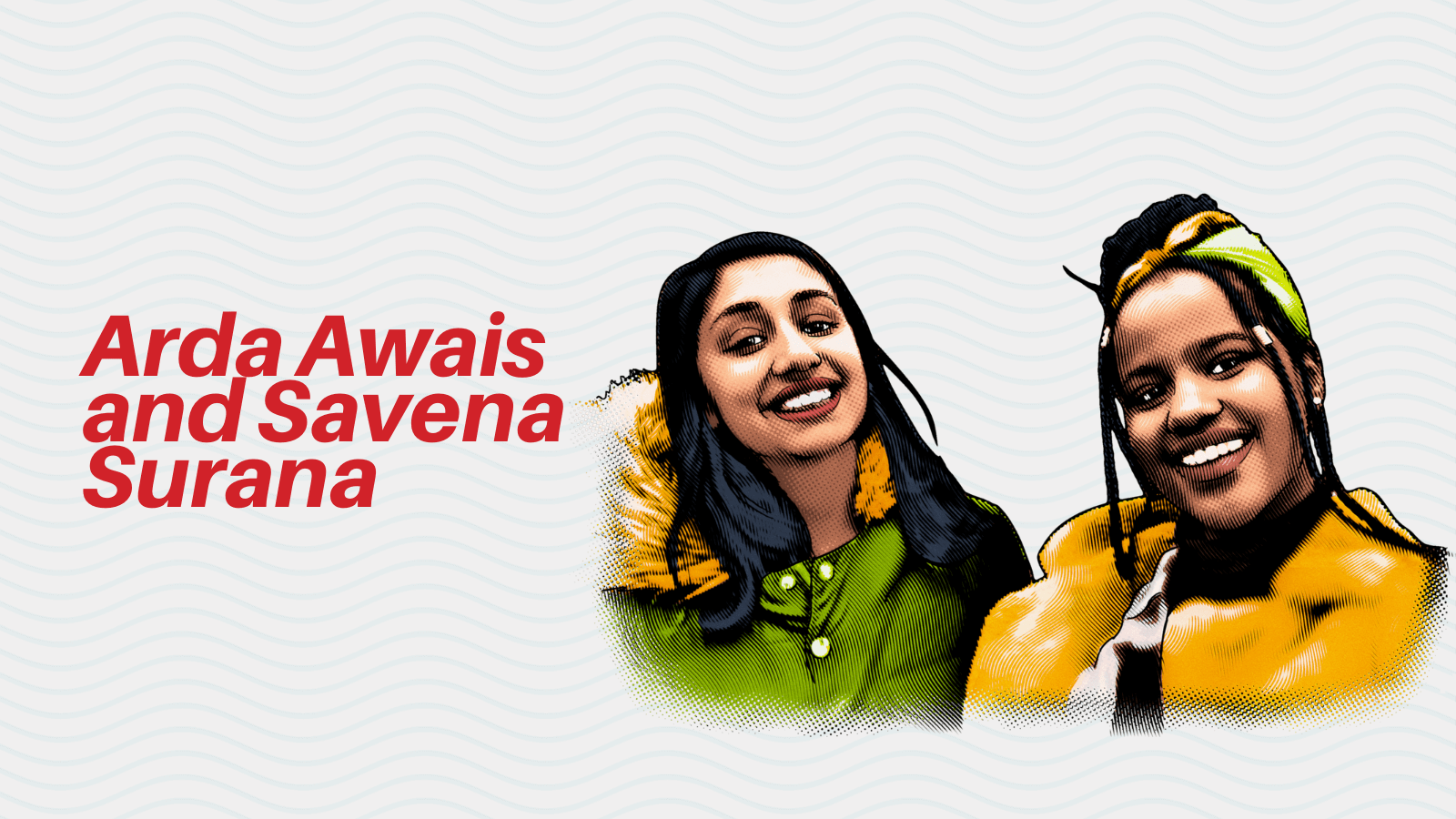Arda Awais and Savena Surana formed Identity 2.0, an interdisciplinary art project that opens up the conversation about digital identity in an accessible way, and empowers individuals to make conscious decisions about their interactions with digital spaces. With their work, they encourage digital platform users, as well as developers, to think about and mainstream issues of identity, privacy, and the way personal information is used.
Identity 2.0 was born out of a frustration at the lack of accessible (and fun!) resources available for understanding what actually is happening with our information online. We have now produced multiple artistic outputs — from a web series to zines. Using our unique blend of humour, eye-catching design and fun interaction, we make digital identity, and all its facets, sexy, fun and cool.
We’re essentially trying to normalise discussing digital identity without needing a degree or subscribing to academic journals. We like to look at what’s happened with the fight against climate change as inspiration. Just ten years ago, it was difficult to imagine protests the scale that we’ve seen. You’ve seen amazing levels of public engagement in the issue and a wide dissemination of information, meaning more people than ever are getting involved with the fight. This isn’t necessarily because they understand the intricacies of the science behind it, but rather because they understand the gravity and the importance of the fight.
People don’t like the way their data is currently being used, nor do they like the way big tech platforms operate. Yet they feel that because they use these platforms (mostly out of social ease and/or work purposes) they are either part of the problem or can’t do anything about it. People feel stuck — like they have no other option. That’s why we want to make that knowledge more accessible, to show that there can be other ways.
Digital privacy is usually wrapped in a blanket of jargon, making it difficult for many people to understand. This isn’t by accident — it’s been designed this way to stop us from engaging, questioning and pushing back against big platforms. If you can’t understand then you can’t engage. The idea of an empowered user is scary. We want to flip that.
The web has boundless potential to do good. It can be used to form new networks, discover important movements, donate to causes you feel affected by or share art with new audiences. However it does have drawbacks — such as surveillance and censorship.
People tell us what they have learnt from our work and how they changed their online habits. This could be downloading a VPN, changing web browsers or finally deleting their Facebook account (if they’ve been meaning to for a while). Even our families have begun denying cookies, downloading Signal and making subject access requests. For us, it proves that something we have made has left them wanting to make a change. At the end of the day, as artists, what more could we ask for?
For people in the tech world we’re artists, and for people in the art world we’re techies. But as we’ve grown, we’ve been exposed to more and more people interested in this interdisciplinary approach to tech and art. We often find ourselves talking to people working in tech for good who wish they could shout about their work, ethos or beliefs to the public in innovative ways. Whilst we also find ourselves talking to artists who strongly believe that existing online is flawed, but don’t know how to tackle it. The best thing about our work is that everyone has an opinion on digital identity, because everyone has a digital identity.
We think digital inequality means so much more than just having access to the internet. It means having the knowledge to use online tools, having the freedom to access all aspects of the internet or to express yourself online without being censored. At the moment, there’s a huge disparity in power. There are those who own the tools, those who have access to the tools, and those who can’t access any tools.
There are systems of oppression that rule the world which are being amplified and transformed in digital spaces. On the largest scale, those countries with lower GDP are less likely to have access to the internet at all. Not having access online means that the stories, platforms and ideas we see shared online today are only created by those privileged enough to be online in the first place.
We believe the internet is the World Wide Web — yet it only tells the stories of just over half the world. We are silencing parts of the world without knowing it
What would the world look like if all young people had web access and digital skills? Magical.
Giving young people digital access would mean we see so much innovation. Look at how much has been created with just over half the world being given internet access. Whole new industries have been born. Now imagine if every young person had access. Innovation and creativity could be seen in every corner of the world.
Being on the web means having an active say in how things are created, what stories are told and how they are being told. Without this, young people have a limited involvement in democracy, access to education, sexual freedom or artistic expression. By refusing them internet access, you are refusing them a chance to build a fairer future. Involving young people in the web at an earlier stage gives them more chances to shape, guide and produce new conversations about what the web is and can be. Let’s build a web we’re not scared of.
| Share Arda Awais and Savena Surana’s story:Thank you Arda and Savena of @Identity2_0 for using art and the web to empower individuals online #WebChampions | Tweet |
 |  |  |
For more updates, follow us on Twitter at @webfoundation and sign up to receive our newsletter.
To receive a weekly news brief on the most important stories in tech, subscribe to The Web This Week.
